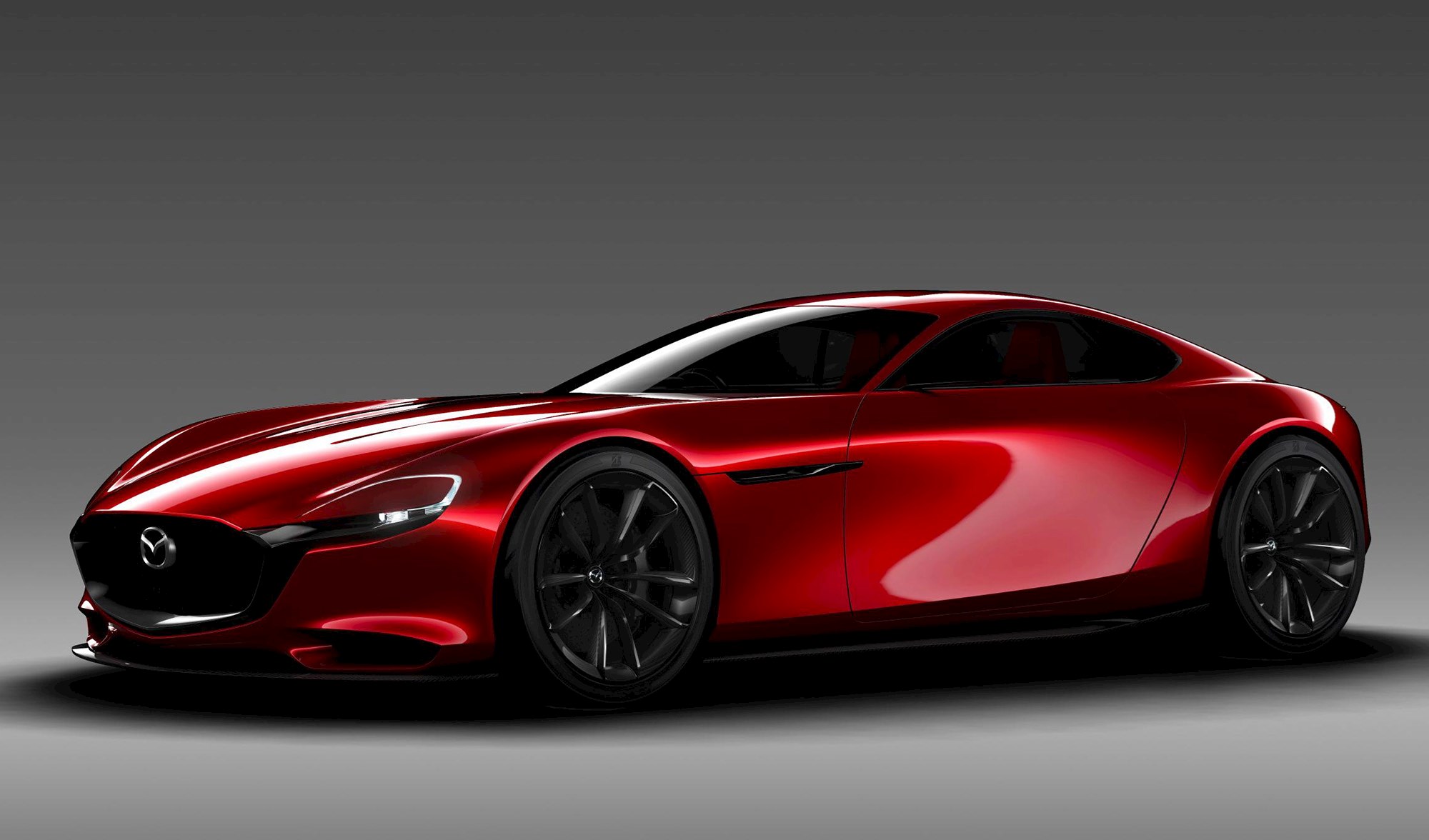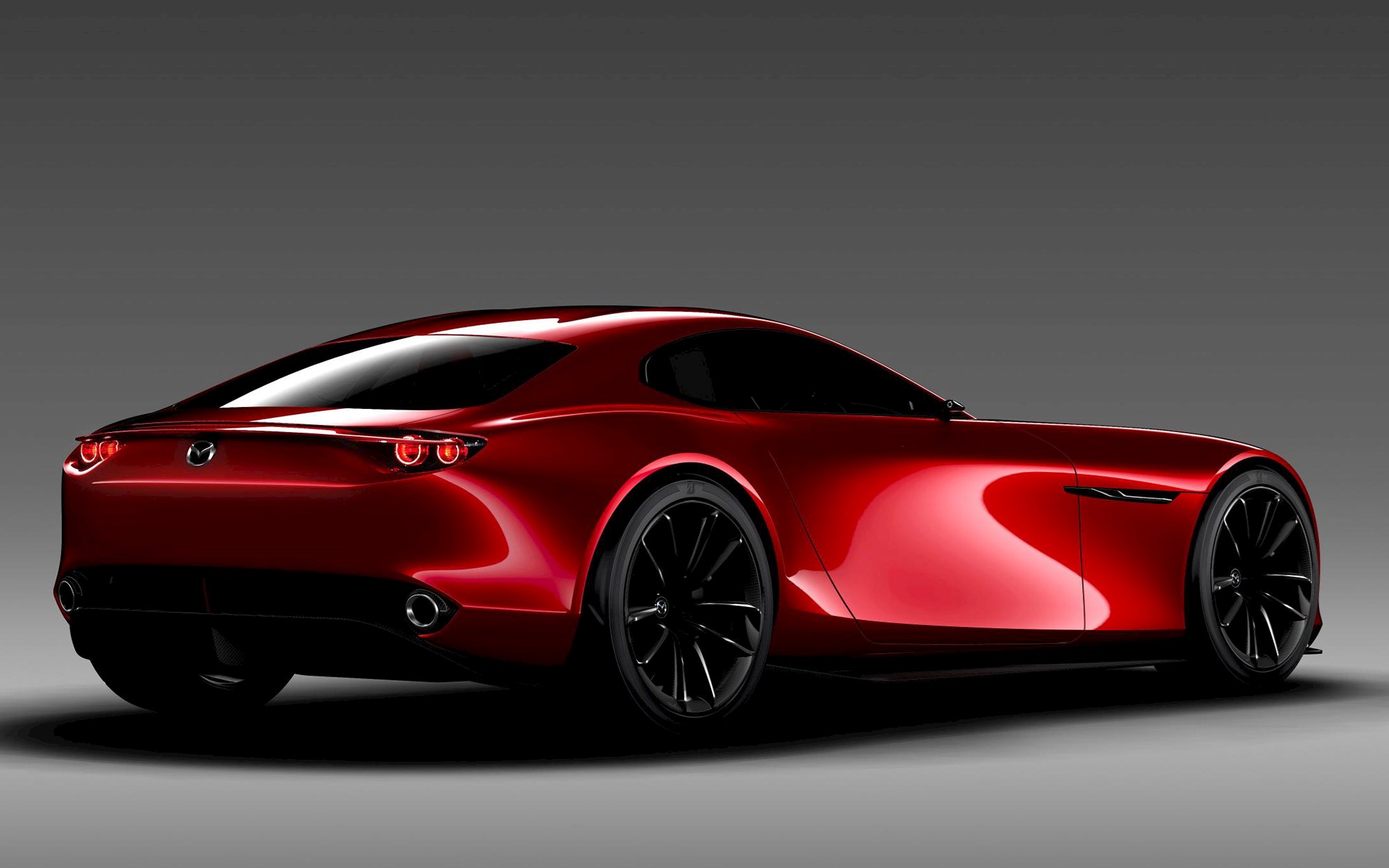It's news few expected after the last Mazda RX-8 rolled off the production line in 2012. But rumour has become reality overnight as Mazda confirmed the return of the 'Wankel' rotary engine to its powertrain line-up, but not in the form you might expect.
The rotary's return forms part of Mazda's "Sustainable Zoom-Zoom 2030” business plan, the company's long-term plan for technology development announced at the Paris Motor Show.
In it Mazda aim to achieve a 90 per cent reduction in “well-to-wheel” (car manufacture, lifetime and recycling) carbon dioxide emissions by 2050, compared with 2010 levels. As a result Mazda will add 'some form of electrification' in all production cars by 2030, and that's where the rotary engine comes back into play.
Read more: Mazda Snow Drive: Fun engineered in Godzone

Initial plans reveal that Mazda will develop two battery electric vehicles; one powered solely by a full-electric battery and another that pairs with a 'newly developed range extender powered by Mazda’s small, lightweight and exceptionally quiet rotary engine'. The range extender will recharge the battery when necessary, increasing the vehicle’s driving range, much like the BMW i3 S.
Mazda's concept behind the rotary-powered range extender was to utilise the rotary engine’s small size and high power output 'to make multiple electrification technology solutions possible via a shared packaging layout.'
Mazda won't say how big the rotary extender will be, but add that it will be developed to run on both liquid petrolium and LPG gas.
Read more: Mazda Kai concept teases next-gen Mazda3

The engine could make its way into a production version of the RX-Vision concept, revealed in 2015, as a potential successor to the RX-7 and RX-8, but nothing has been confirmed yet.
By 2030, Mazda expects that internal combustion engines coupled with some form of electrification will account for 95 per cent of the vehicles it produces, and full-electric battery electric vehicles will account for 5 percent.








